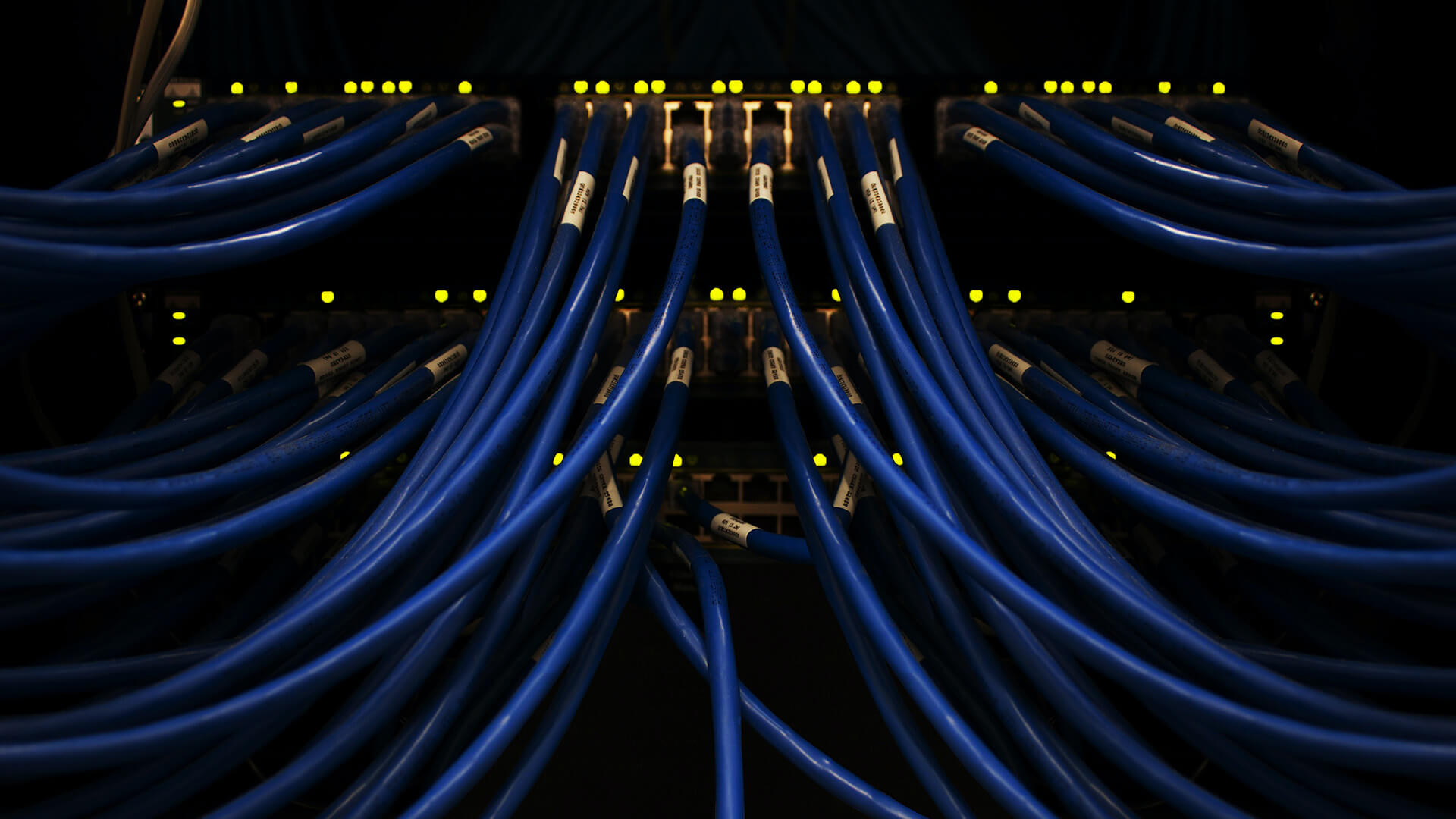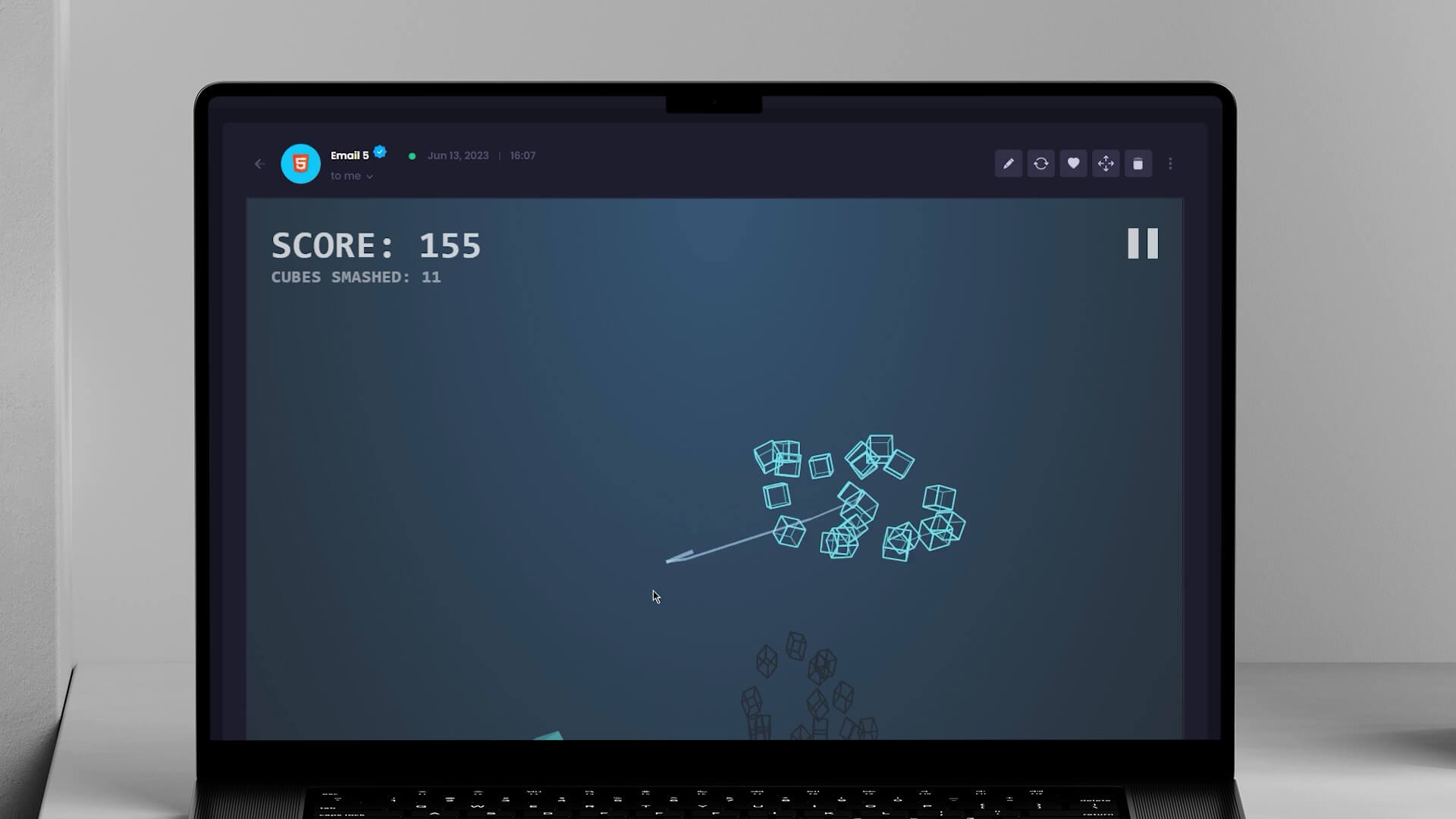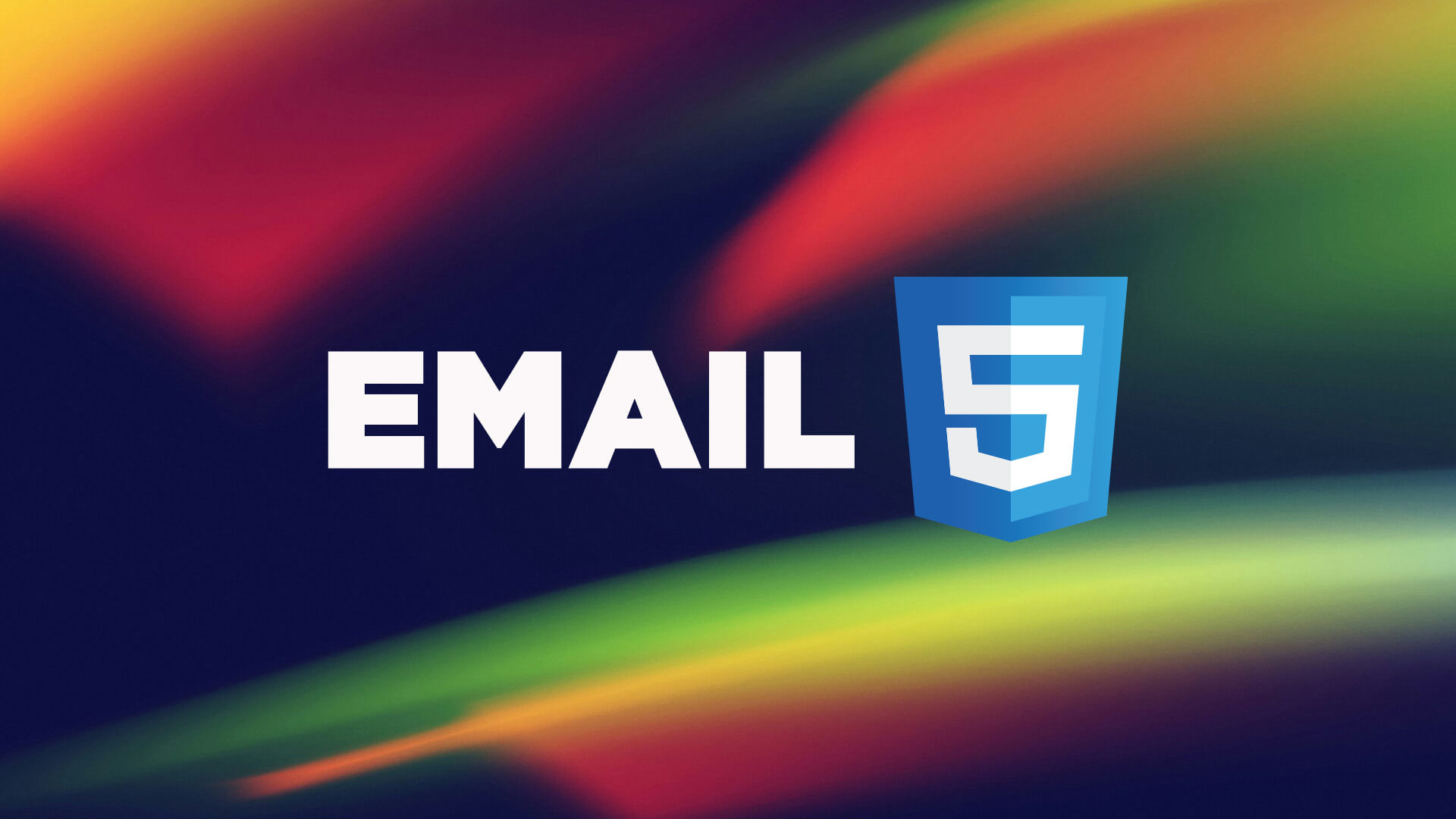Embracing Open Standards with HTML5, CSS3, and JavaScript



Digital communication has been experiencing constant transformation, with new technologies reshaping how we interact online. However, the technology underpinning email has been slow to adapt to modern web standards, often limited by outdated conventions and a lack of uniformity across platforms.

Email technology is based on a set of protocols such as the Simple Mail Transfer Protocol (SMTP) for sending messages, Post Office Protocol version 3 (POP3), and Internet Message Access Protocol (IMAP) for retrieving messages. The MIME (Multipurpose Internet Mail Extensions) standard was developed to allow emails to carry text in character sets other than ASCII, and to include attachments like images and documents.
The formatting of email content is primarily based on a subset of HTML and inline CSS, which is far behind the capabilities of modern web browsers. This is due to the need for compatibility across various email clients, some of which do not support the full range of HTML and CSS features. Email designers often have to resort to using tables for layout and inline styles for formatting, which is reminiscent of web design practices from the late 1990s and early 2000s. This has resulted in emails that are often static, unresponsive, and lack the interactive features that users have come to expect from websites and applications.
In the meantime, some modern email clients have started to support limited CSS3 and responsive design techniques, making emails more accessible on mobile devices. However, the vision of fully interactive and dynamic emails remains a work in progress.

Now, an initiative from Email 5 is taking on the challenge of creating Open Standards for email, aiming to infuse email communication with the rich capabilities of HTML5, CSS3, and JavaScript. Email 5's mission is to bring the email ecosystem up to speed with the rest of the web, allowing anyone to contribute to the development of email standards.
These standards would be developed and maintained by a consortium of industry leaders, including email client developers, marketers, and security experts, ensuring that they are universally accepted and implemented across different email clients and services. Standards bodies would need to address the aforementioned challenges, prioritizing security and user experience while ensuring that the benefits are clear and compelling.
The vision for future Open Standards for email communication is to bring the richness of web experiences into the inbox. By adopting HTML5, CSS3, and JavaScript, emails could transform into dynamic, interactive, and responsive messages.

Open standards are crucial for the evolution of email. They ensure compatibility across different platforms and clients, foster innovation, and maintain the internet's ethos of being open and accessible. The adoption of these Open Standards would have a profound impact on email communication:

The creation of Open Standards for email is not without its challenges, but the potential benefits are too significant to ignore. To address these capabilities, the Open Standards would need to include strict guidelines and sandboxing techniques to prevent malicious code execution. Email clients would implement security protocols to ensure that JavaScript runs in a controlled environment, minimizing the risk of vulnerabilities.

The Email 5 initiative is open to contributions from developers, designers, security experts, and anyone passionate about improving email communication. By accessing our Open Collective page, interested parties can contribute to the project financially or get involved in the development process. This inclusive approach ensures that the standards developed are truly open and cater to the needs of a diverse user base.
With Email 5's efforts and the community's support, the future of email looks promising. Open Standards could herald a new era of email communication, where messages are not just read but experienced. Marketers could create more engaging campaigns, professionals could enjoy more productive workflows, and personal communication could become more expressive and fun.

The creation of Open Standards for email, incorporating HTML5, CSS3, and JavaScript, represents a significant leap forward for email communication. While there are challenges to overcome, particularly in security and universal adoption, the potential benefits are immense. As we look to the future, it is clear that the transformation of email into a more dynamic and interactive medium is not just a possibility but a necessity to keep pace with the expectations of modern users. With careful planning, collaboration, and innovation, the future of email could be as vibrant and versatile as the web itself. By contributing to Email 5's efforts, we can all play a part in shaping the future of email communication, making it a richer, more accessible, and more secure experience for everyone.